Stocking a pantry costs money. Even if you fill your pantry with things you grow yourself as a prudent and prepared homemaker, you still need seeds and canning jars. If you build your pantry with items purchased at a store, then you need a way to pay for them.
While some people have ample financial resources, many people do not. It can be hard to figure out how to purchase extra food to develop a small pantry if you struggle to feed your family as it is. For others, the money is there but it gets wasted on things that really aren’t important or of lasting value. In that case, it takes some discipline and changing of habits.
Whatever your particular situation, you need to determine how much you would like to realistically put toward building your pantry. Then find a way to get that money.
Finding Extra Money
So what are some practical ways to find extra money to build up a pantry? Let’s look at several ideas you can consider.
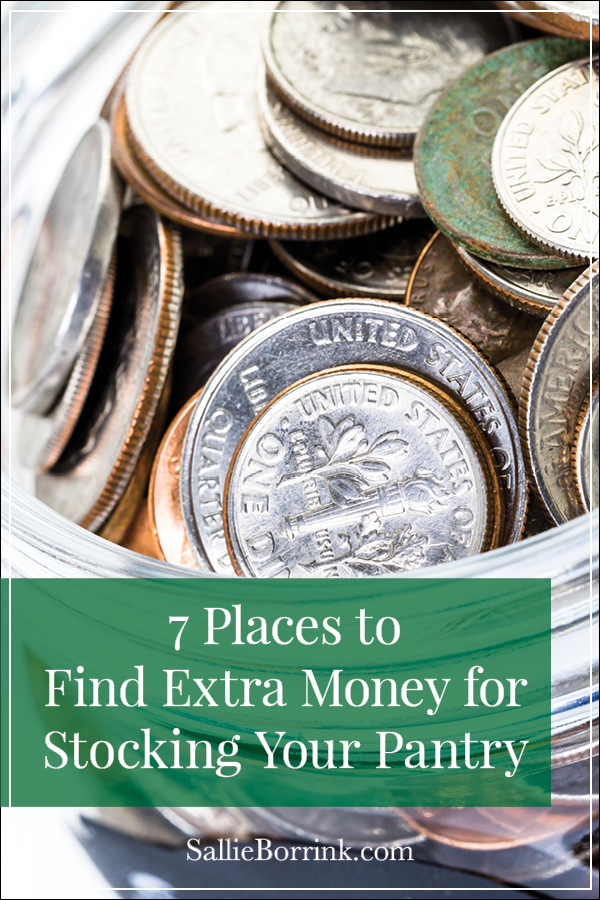
Reallocating Items in Your Budget
If you have a set budget for your income, look for areas where you can cut expenses a bit to free up money. These might include:
- changing your cable plan
- quitting a streaming plan
- changing your phone plan
- reducing gas expenditures
- cutting your holiday spending
- skipping a vacation
- shopping for cheaper insurance
Selling Things
Most people have many items in their home they no longer need. Thanks to the internet, there are many options that are easy to use. There are also places in your community that might be buying what you have. Places to sell include:
- Facebook Local Buy-Sell Groups
- Craig’s List
- Ebay
- Used bookstores
- Children’s clothing and toys resell shops
- Adult clothing resell and consignment shops
- Garage sale
Gifts
If you have a birthday, anniversary, or other holiday coming up (such as Christmas), you can ask for cash or gift cards to places where you can stock up. These could include:
- Amazon
- Walmart
- Target
- Meijer
- Kroger
Return Items
Many people buy things and then realize they either don’t need them or forget about them. If you have items in your home that you have purchased fairly recently and can still be returned, then do so. This can include everything from leftover DIY materials to craft supplies.
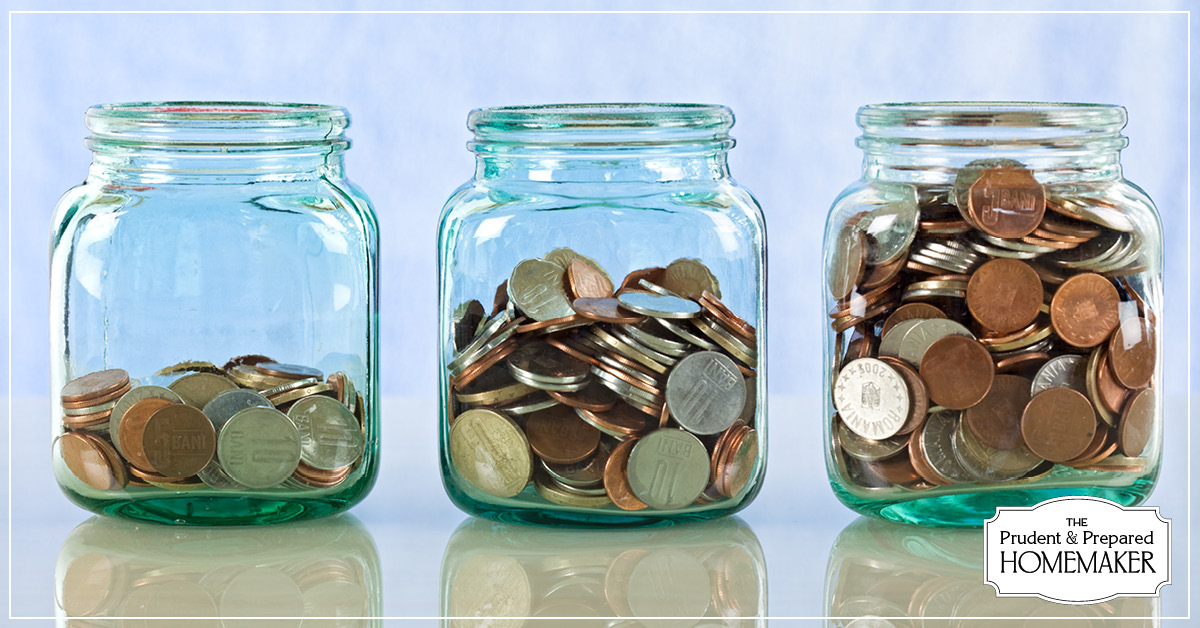
Tax Refund
If you receive a tax refund, consider using it to increase your pantry and purchase some items you might not normally have room for in your budget.
Skip a Payment
If you are a member of a credit union, they usually offer the opportunity to skip a loan payment once a year. Is this ideal? No, it isn’t. But if skipping one payment means that you can quickly build up your pantry and bring yourself peace of mind, then it might be worth it.
Extra Work
In late 2019, there were more jobs than there were people to fill them. Now in June 2020 things have completely changed. If you can find a part-time job right now, this is a way to bring in some extra income. Jobs being available is not always the case so it could be an example of making hay while the sun shines if you can find something – anything. If you have the ability to work a few hours a week, you could bring home a little side income that you could put right back into building up your pantry.
If a regular part-time job won’t work for your family life, look for odd jobs and seasonal work. Other ideas include tutoring, babysitting, taking surveys online, and getting paid to use apps.

Save or Spend?
Another question people face while working toward stocking a pantry and picking up extra things for emergencies is whether you should save your money for a rainy day or spend it on creating a pantry and starting to prepare for potential future concerns.
In most cases, the answer is going to be “yes.”
You do both.
The tricky part is finding the balance.
If you have absolutely no savings to speak of, then it makes sense to put at least some money in the bank. If you subscribe to Dave Ramsey’s way of doing things, then you know he would say to build up an emergency fund of $1,000. This is a good start although I regret to point out that $1,000 barely covers most emergencies nowadays. But even though $1,000 won’t go far, it’s better than having nothing.
On the other hand, you can’t eat money. And you can’t buy supplies with the money you have if there are no supplies due to a breakdown of the just-in-time delivery system or you can’t even physically get to the store to shop.
So from that standpoint, real goods in your home can also be worth a great deal more than money. Some people call building a pantry a food insurance policy and for good reason.
As you think through what you have to spend and what you need, try to develop a plan that works toward both goals. You can even trade off. If you have an extra $200 a month, put it in stocking your pantry one month and the next month put it in savings. Or split it between the two each month. Decide what is most crucial for your situation and prioritize that.
So now that your creative juices are flowing, use the Finding Extra Money worksheet to create a plan for your particular situation.
The Prudent & Prepared Homemaker
Read All of the Posts in the Series
3 Reasons To Become A Prudent & Prepared Homemaker
5 Reasons To Keep Written Pantry & Emergency Notes
4 Must-Know Tips About Stocking a Pantry
3 Tips for Building Your Pantry
7 Places To Find Extra Money For Stocking Your Pantry
3 Reasons Most “First Things to Buy” Prepper Lists Are Worthless
4 Tips to Deal with Emergency Anxiety
4 Facts About Preparing For Emergencies
3 Unusual Tips For Emergency Preparedness
11 Ways To Prepare Your Home For A Storm
4 Important Tips About Safe Water
4 Types of People Who Should Buy a 14-Day Emergency Food Supply Pack



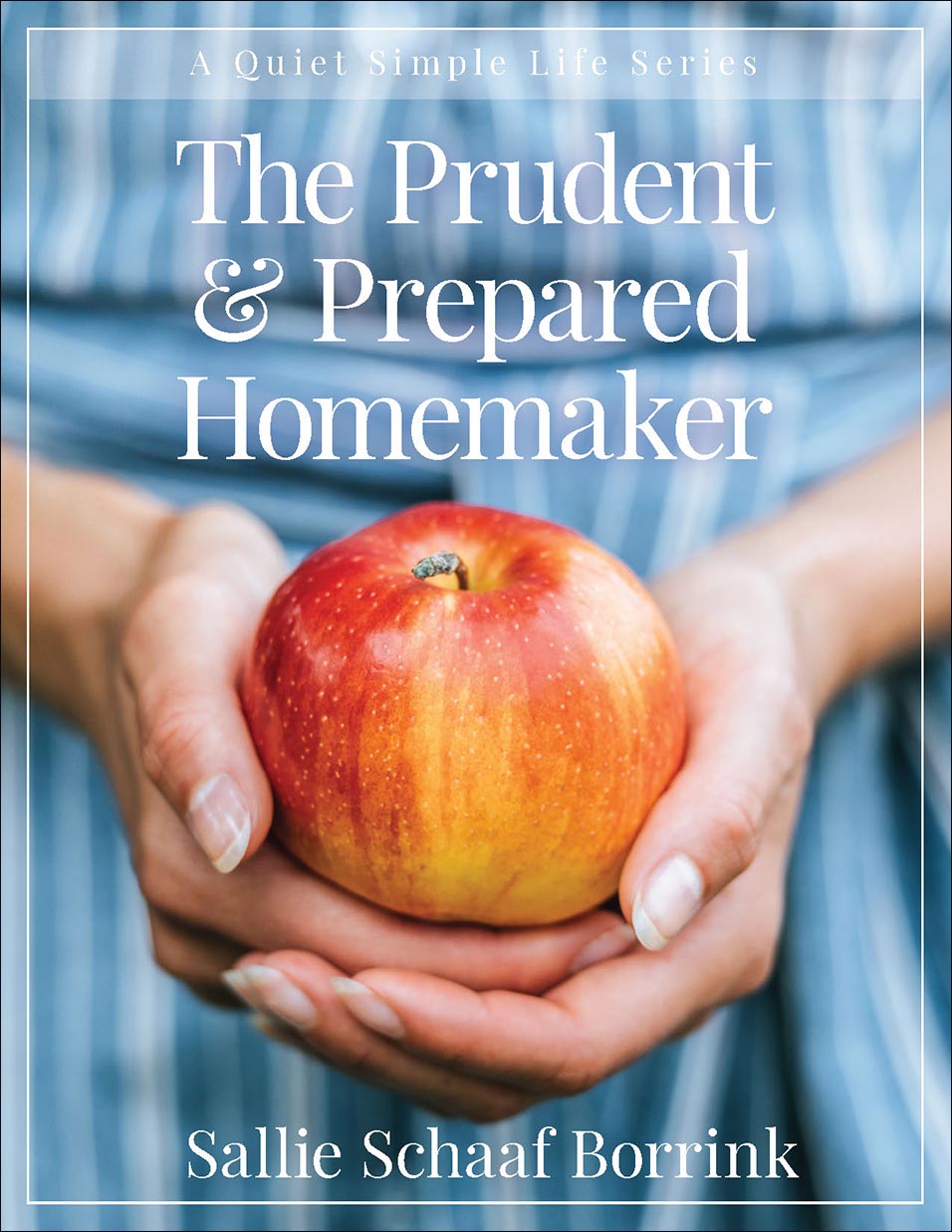


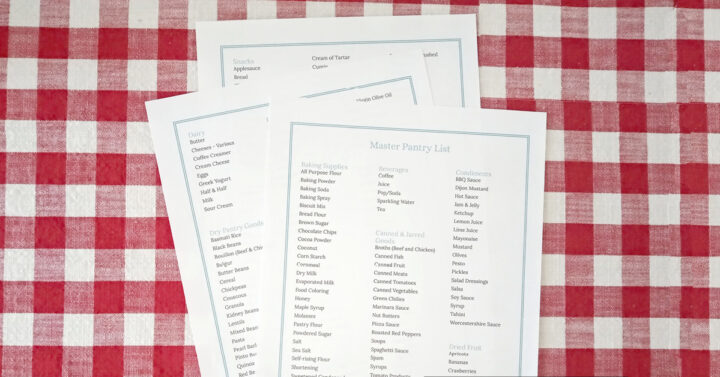
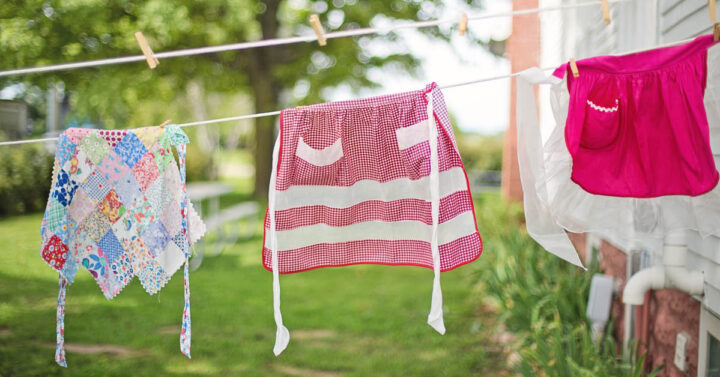


 3 Tips for Building Your Pantry
3 Tips for Building Your Pantry
Leave a Reply